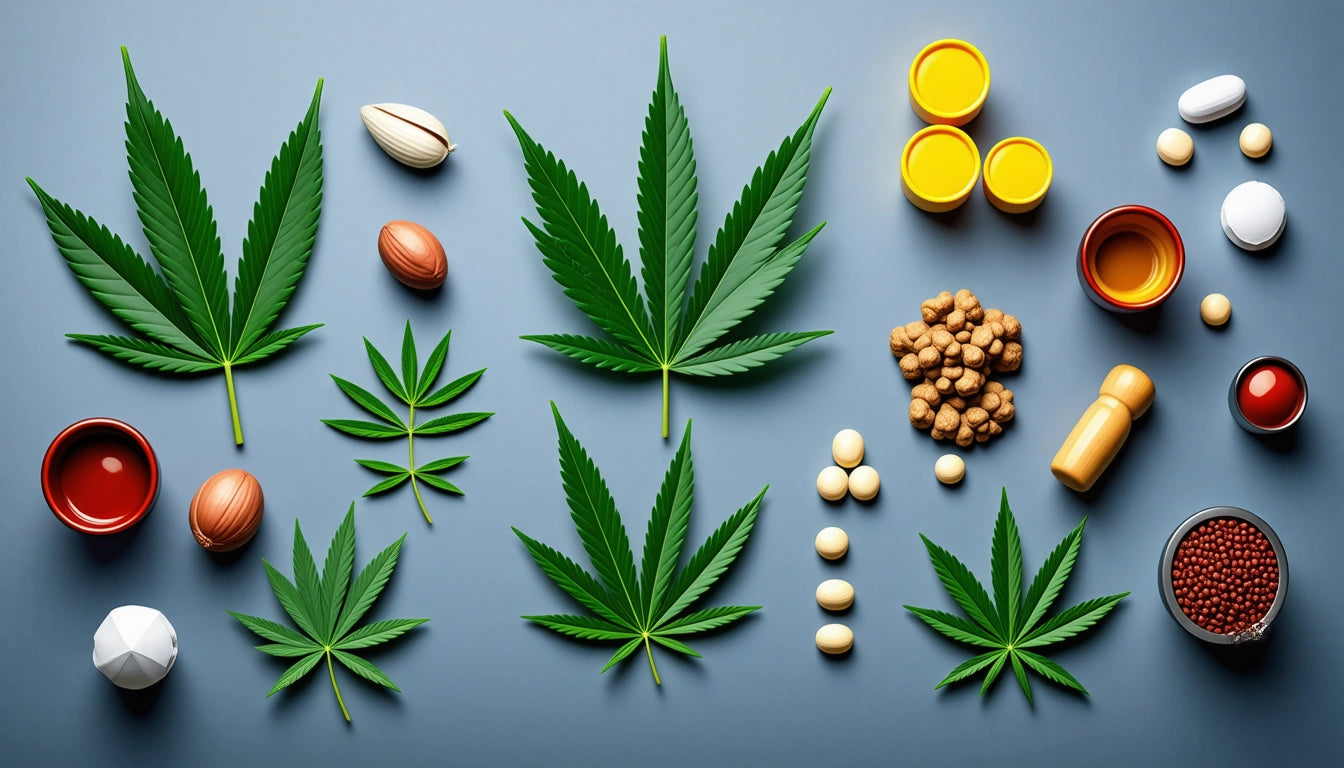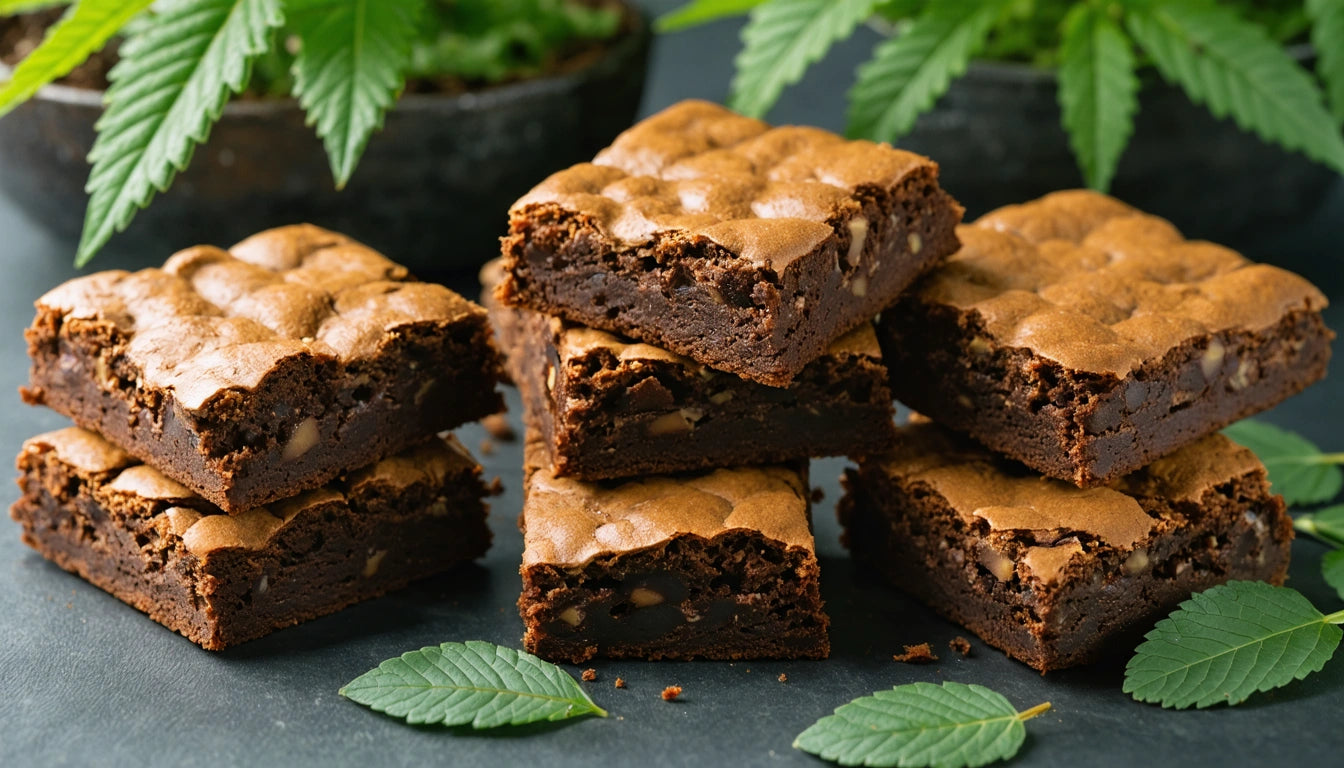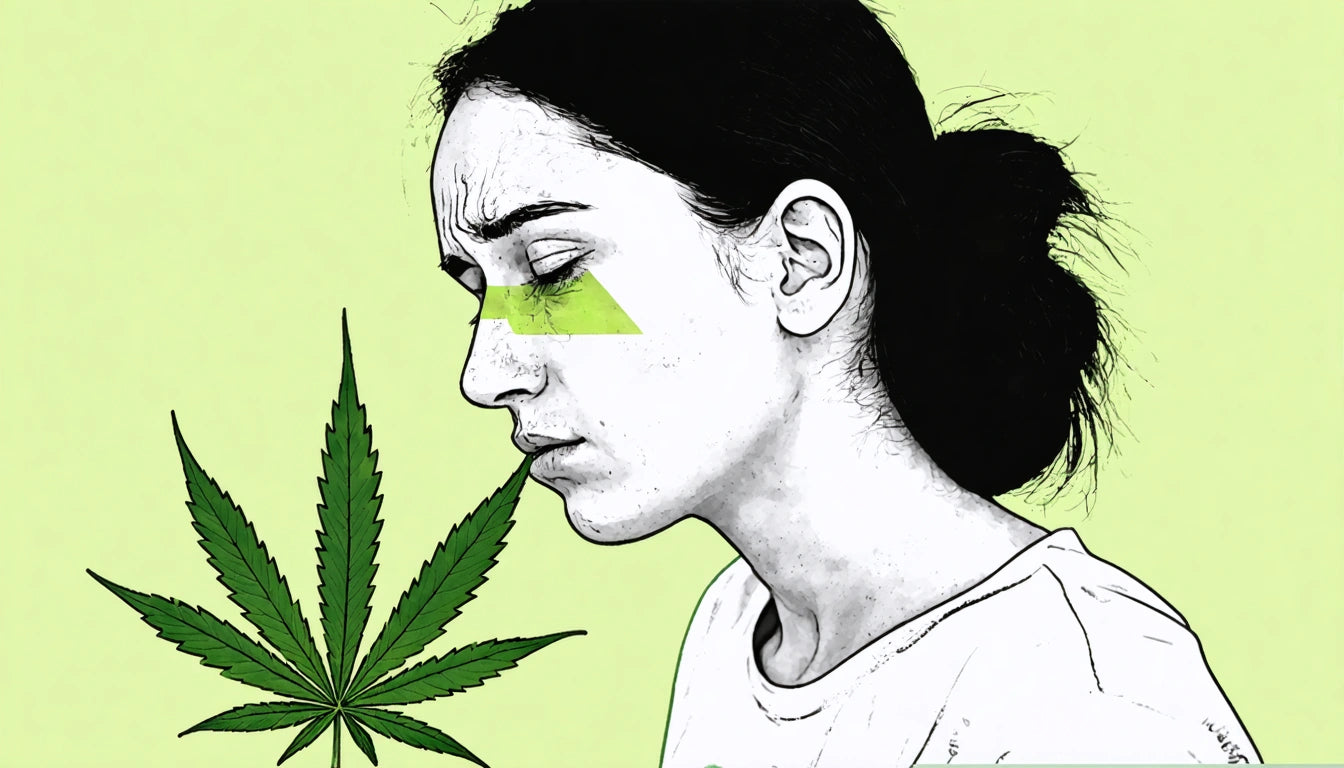Table of Contents
The Impact of Weed on Muscle Recovery and Spasms
Cannabis has gained attention for its potential effects on muscle function, with users reporting varied experiences ranging from relief to increased tension. Understanding the relationship between cannabis and muscle health requires examining both anecdotal reports and scientific research on how cannabinoids interact with our body's muscular system.
Understanding Cannabis Effects on Muscle Tissue
Cannabis contains over 100 cannabinoids, with THC and CBD being the most studied. These compounds interact with the endocannabinoid system (ECS), which plays a role in regulating muscle function, inflammation, and pain perception. The ECS contains receptors throughout the body, including muscle tissue, which respond to both naturally produced endocannabinoids and plant-derived cannabinoids.
When cannabis enters the system, it can produce various effects on muscles depending on the strain, consumption method, dosage, and individual physiology. Some users report relaxation and pain relief, while others experience tension or even involuntary movements. As noted in our article about cannabis-induced twitching or shaking, these responses vary significantly between individuals.
Does Weed Help Muscle Recovery? Examining the Evidence
The question of whether weed helps muscle recovery has garnered increasing attention, particularly among athletes and fitness enthusiasts. Several mechanisms suggest potential benefits:
- Anti-inflammatory properties that may reduce exercise-induced inflammation
- Pain reduction that could allow for better movement during recovery
- Improved sleep quality, which is essential for muscle repair
- Potential reduction in muscle spasticity
Research published in the Journal of Pain and Symptom Management suggests that cannabis may help reduce muscle spasticity in conditions like multiple sclerosis. However, the evidence for general exercise recovery remains limited and somewhat contradictory.
For those monitoring their training progress, precision measurement tools can help track physical changes alongside any supplementation regimen, providing objective data about potential benefits.
Cannabis and Muscle Spasms: Help or Hindrance?
Can Weed Cause Muscle Spasms?
While many users seek cannabis for relief from muscle spasms, some report the opposite effect. The question "does weed cause muscle spasms" reflects this paradoxical response. In some cases, particularly with high-THC strains or excessive consumption, cannabis may induce or worsen muscle tension.
This phenomenon might be related to how THC affects the central nervous system. As explored in our article about cannabis and nerve pain, THC can alter neurotransmitter release and neural signaling, potentially leading to increased muscle activity in some individuals.
Therapeutic Applications for Spasticity
Despite potential risks, medical cannabis has shown promise for treating certain types of muscle spasms, particularly in neurological conditions. FDA-approved medications like Sativex (nabiximols) specifically target muscle spasticity in multiple sclerosis, suggesting clinical validity to some therapeutic claims.
THC vs CBD: Different Effects on Muscle Tension
The two primary cannabinoids in cannabis affect muscle tissue differently:
THC (Tetrahydrocannabinol): While THC can provide pain relief, it may also contribute to muscle tension in some users. The psychoactive effects of THC can influence perception of muscle discomfort and, in some cases, trigger anxiety that manifests as physical tension.
CBD (Cannabidiol): Generally associated with anti-inflammatory and muscle-relaxing properties without psychoactive effects. CBD may counteract some THC-induced tension, which explains why balanced strains or CBD-dominant products are often preferred for muscle-related issues.
This distinction is important when considering whether weed causes muscle tension. Products with different cannabinoid profiles likely produce different effects on muscular comfort and function, as noted in research examining marijuana's effects on back pain.
Dosage Considerations for Muscle-Related Symptoms
When using cannabis for muscle-related concerns, dosage appears critical. Low to moderate doses may provide relaxation and pain relief, while higher doses might increase the risk of adverse effects like muscle tension or spasms.
The biphasic effect of cannabis (where low and high doses produce opposite effects) is well-documented in research examining physical performance and cannabis use. This explains why some users experience relief while others report worsening symptoms with the same substance.
Factors that influence individual responses include:
- Tolerance levels and usage history
- Pre-existing muscle conditions
- Consumption method (smoking vs. edibles vs. topicals)
- Concurrent use of other medications or substances
Future Research Directions and Medical Applications
The field of cannabis research for muscle health remains underdeveloped, with many questions unanswered. Future studies need to address:
- Optimal cannabinoid ratios for specific muscle conditions
- Long-term effects of cannabis use on muscle recovery and function
- Interactions between cannabis and common exercise supplements
- Development of targeted formulations for specific muscular conditions
As research evolves, we may see more specialized cannabis products designed specifically for muscle recovery, similar to how the industry has developed products for metabolism and digestion.
For those considering cannabis for muscle-related issues, consulting healthcare providers familiar with cannabis medicine remains the most prudent approach. Self-experimentation should be approached cautiously, with careful attention to dosage, strain selection, and individual response patterns.











Leave a comment
All comments are moderated before being published.
This site is protected by hCaptcha and the hCaptcha Privacy Policy and Terms of Service apply.